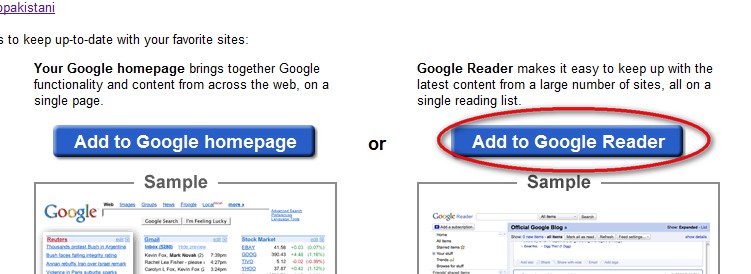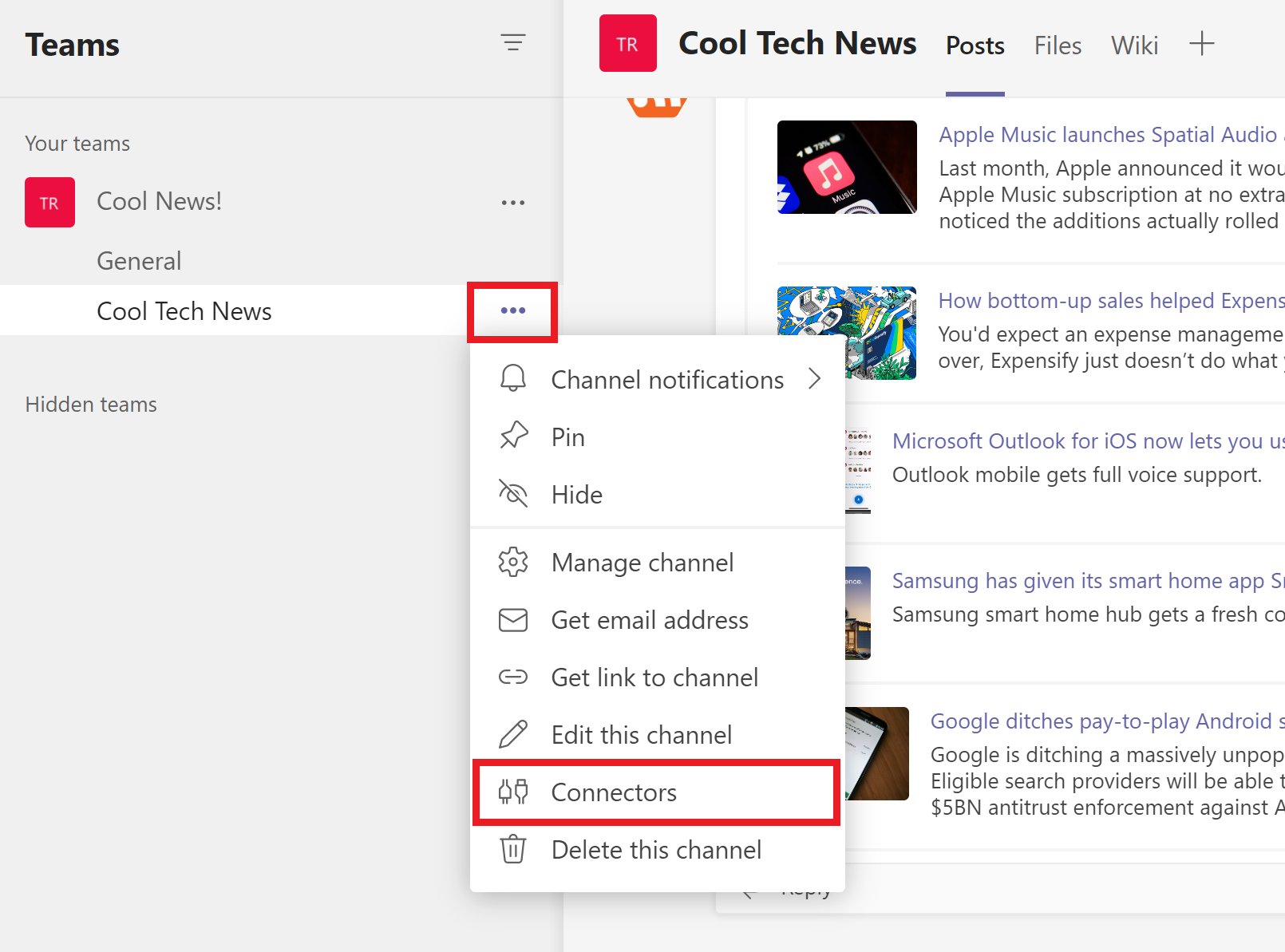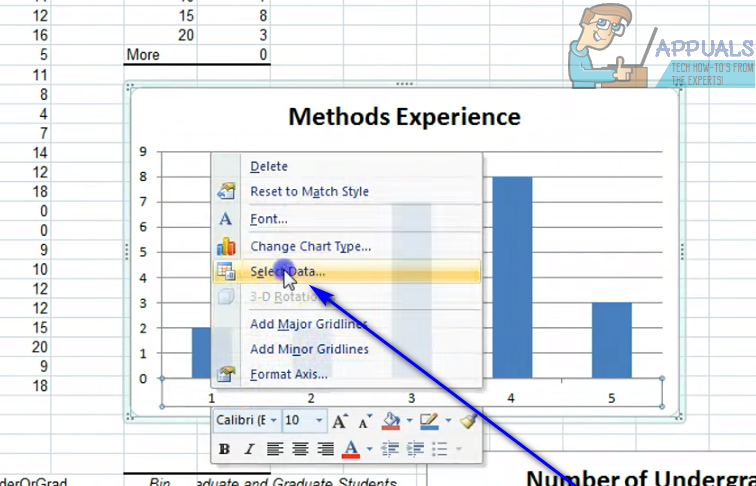The Complete Guide to RSS Feeds

RSS, an acronym for Really Simple Syndication or Rich Site Summary, is a powerful tool that has been revolutionizing the way we access and consume content online. In today's fast-paced digital world, staying updated with the latest news, blogs, and articles from your favorite websites can be a daunting task. This is where RSS feeds come to the rescue, providing a streamlined and efficient way to curate and manage your online content consumption.
This comprehensive guide aims to demystify RSS feeds, exploring their history, functionality, and the myriad of benefits they offer. We will delve into the technical aspects, showcasing how RSS works behind the scenes, and provide practical tips on how to make the most of this powerful content syndication tool. Whether you are a content creator, a digital marketer, or simply a tech-savvy individual seeking a more organized way to consume online content, this guide will equip you with the knowledge and tools to harness the full potential of RSS feeds.
The Evolution of RSS Feeds

The concept of RSS feeds has its roots in the early days of the World Wide Web, when the need for a standardized way to syndicate and distribute web content became apparent. The first version of RSS, known as RDF Site Summary, was developed in 1999 by Dan Libby and Ramanathan V. Guha at Netscape Communications. This early version, RDF/XML-based, was designed to provide a structured way to describe web content and its metadata.
Over the years, RSS has undergone several iterations and revisions. The second version, RSS 0.91, simplified the format, making it more accessible and easier to implement. This version gained traction and was adopted by many websites, including popular platforms like Slashdot and My Netscape. However, it was the subsequent release, RSS 2.0, that truly solidified RSS as a standard for content syndication.
RSS 2.0, introduced in 2002 by Dave Winer and UserLand Software, introduced significant improvements, making the format more flexible and user-friendly. It introduced the concept of enclosures, allowing audio and video content to be included in feeds, and enhanced support for international character sets, making RSS feeds more globally accessible. This version also gained widespread adoption and became the de facto standard for content syndication.
Despite the rise of social media and other content distribution platforms, RSS feeds have maintained their relevance and continue to be a vital tool for content creators and consumers alike. The ability to curate personalized feeds, receive timely updates, and access content offline makes RSS an indispensable tool for anyone seeking efficient and organized content consumption.
How RSS Feeds Work

At its core, RSS is a family of web feed formats used to publish frequently updated digital content, such as blog entries, news headlines, and podcasts. It is built upon XML (eXtensible Markup Language), a markup language that defines a set of rules for encoding documents in a format that both human and machine-readable.
When a website publishes new content, such as a blog post or article, it is added to the website's RSS feed. This feed is a specially formatted XML file that contains metadata about the content, including the title, description, author, publication date, and a link to the full content. The feed also contains information about the website itself, such as its title, description, and link.
To access and consume this content, users need an RSS reader or aggregator. This software application, available for various platforms and devices, allows users to subscribe to RSS feeds from different websites. When a user subscribes to a feed, the RSS reader periodically checks for updates and retrieves the latest content from the feed. This content is then presented to the user in a structured and organized manner, often with options to filter, sort, and customize the display.
The beauty of RSS lies in its simplicity and standardization. The RSS format ensures that content is published and consumed in a consistent and predictable manner, allowing users to easily subscribe to and manage their content consumption across multiple websites and platforms. This standardization also facilitates the development of RSS readers and aggregators, as they can rely on a well-defined set of rules and specifications.
Benefits of RSS Feeds
RSS feeds offer a multitude of benefits to both content creators and consumers. For content creators, RSS feeds provide a powerful tool for distributing and promoting their content. By publishing an RSS feed, creators can ensure that their content reaches a wider audience, as users can easily subscribe and receive updates directly in their RSS readers.
- Efficiency and Time-Saving: RSS feeds allow users to consolidate content from multiple sources into a single location, eliminating the need to manually visit each website. This saves time and effort, as users can quickly scan and access the latest content from their favorite websites in one place.
- Personalized Content Consumption: RSS feeds empower users to curate their own personalized news feeds. By subscribing to specific feeds, users can create a tailored content stream, focusing on topics and websites that align with their interests and preferences.
- Timely Updates: RSS feeds ensure that users receive the latest content as soon as it is published. RSS readers automatically check for updates at regular intervals, ensuring that users are always up-to-date with the latest news, articles, and blog posts from their subscribed sources.
- Offline Access: Many RSS readers offer the ability to download and store content locally. This allows users to access their subscribed content even when offline, making RSS feeds an ideal solution for traveling or situations where internet connectivity is limited.
- Organized and Structured Content: RSS feeds present content in a structured and organized manner, making it easy for users to navigate and consume. Users can quickly scan through headlines, summaries, and publication dates, allowing them to prioritize and focus on the content that interests them the most.
Getting Started with RSS Feeds
To start using RSS feeds, you’ll need to choose an RSS reader or aggregator that suits your needs and preferences. There are numerous options available, both web-based and desktop applications, each with its own unique features and capabilities. Some popular RSS readers include Feedly, Inoreader, and NewsBlur, while for desktop users, applications like Reeder and RSSOwl offer robust features and customization.
Once you've chosen your RSS reader, the process of subscribing to feeds is straightforward. Simply locate the RSS feed URL for the website you wish to follow and enter it into your reader. Most websites provide an RSS feed link, often denoted by an orange RSS icon or the words "Subscribe" or "RSS." If you can't find it, you can often locate the feed by appending /feed or /rss to the website's URL.
For example, if you want to subscribe to the RSS feed of a blog at exampleblog.com, you can try visiting exampleblog.com/feed or exampleblog.com/rss. If the feed is available, you'll be redirected to the feed's XML file, which you can then subscribe to using your RSS reader.
Optimizing Your RSS Experience

To make the most of your RSS experience, there are several best practices and tips you can follow. Here are some strategies to enhance your RSS feed consumption:
- Organize Your Feeds: Create categories or folders within your RSS reader to organize your feeds. This will help you quickly locate and access content from specific sources or topics, making it easier to manage your content consumption.
- Filter and Prioritize: Most RSS readers offer filtering options, allowing you to prioritize content based on keywords, authors, or categories. This ensures that you see the most relevant and interesting content first, making your reading experience more focused and efficient.
- Utilize Keywords and Tags: Many RSS readers support the use of keywords and tags. By assigning keywords or tags to specific feeds or articles, you can easily search and locate content based on specific topics or themes.
- Explore Discovery Features: Many RSS readers offer discovery features, suggesting relevant feeds based on your subscriptions or reading habits. These suggestions can help you discover new and interesting content sources, expanding your content consumption horizons.
- Customize Your Display: RSS readers often provide options to customize the display of content. You can adjust font sizes, text colors, and even add themes to personalize your reading experience and make it more visually appealing.
RSS Feeds and Content Creation
For content creators, RSS feeds offer a powerful tool to promote and distribute their content. By publishing an RSS feed, creators can ensure that their content reaches a wider audience and stays top-of-mind with their readers. Here are some key strategies for content creators to leverage RSS feeds effectively:
- Promote Your RSS Feed: Make it easy for your readers to subscribe to your RSS feed by prominently displaying the RSS icon or a "Subscribe" button on your website. You can also provide a link to your feed in your email signatures or social media profiles, encouraging your followers to stay updated with your latest content.
- Optimize Your Feed's Metadata: Ensure that your RSS feed's metadata, including the title, description, and author information, is accurate and engaging. This metadata is often displayed in RSS readers, so it's crucial to make a good first impression and entice readers to click through to your content.
- Include Enclosures: If your content includes audio or video elements, consider including enclosures in your RSS feed. This allows readers to access and consume your content directly from their RSS readers, enhancing the user experience and keeping them engaged.
- Use a Consistent Publishing Schedule: Maintain a regular publishing schedule to build a loyal following. Readers who subscribe to your RSS feed expect to receive your content at consistent intervals. By sticking to a schedule, you can ensure that your readers anticipate and look forward to your latest content.
- Engage with Your Readers: Encourage reader engagement by including calls to action within your RSS feed. This can be as simple as asking readers to leave comments or share their thoughts on your content. Responding to reader comments and feedback can further enhance the sense of community and engagement around your content.
RSS Feeds in the Digital Marketing Landscape
RSS feeds play a crucial role in the digital marketing ecosystem, offering a powerful tool for content promotion and audience engagement. Here’s how digital marketers can leverage RSS feeds to enhance their marketing strategies:
- Content Distribution: RSS feeds provide a seamless way to distribute content across multiple channels. By syndicating your content through RSS, you can ensure that your latest articles, blog posts, and news updates reach a wider audience, including readers who prefer to consume content through RSS readers.
- Lead Generation: RSS feeds can be a valuable lead generation tool. By offering exclusive content or insights within your RSS feed, you can entice readers to take action, such as signing up for a newsletter or downloading a whitepaper. This allows you to capture valuable lead information and nurture those leads through further marketing efforts.
- Personalization and Targeting: RSS feeds enable marketers to deliver personalized content to specific segments of their audience. By creating targeted RSS feeds based on user preferences or demographics, marketers can deliver highly relevant and tailored content, enhancing the user experience and increasing engagement.
- Social Media Integration: RSS feeds can be integrated with social media platforms, allowing marketers to automatically share new content on their social channels. This automation saves time and effort, ensuring that marketers can focus on creating engaging content rather than manually sharing it across multiple platforms.
- Analytics and Insights: Many RSS readers offer analytics and reporting features, providing valuable insights into reader behavior and engagement. Marketers can use these insights to optimize their content strategy, identify popular topics, and understand their audience's preferences, allowing them to create more targeted and effective content.
The Future of RSS Feeds
Despite the rise of social media and other content distribution platforms, RSS feeds continue to play a vital role in content consumption and distribution. The simplicity, standardization, and flexibility of RSS make it a resilient and enduring technology. As we move forward, here are some potential developments and trends that could shape the future of RSS feeds:
- Integration with AI and Machine Learning: The integration of AI and machine learning algorithms could enhance RSS feeds by automatically curating and personalizing content based on user preferences and reading habits. This would further streamline the content consumption experience, delivering highly relevant and tailored content to users.
- Enhanced Security and Privacy: With increasing concerns around data privacy and security, RSS feeds could evolve to offer enhanced security features. This could include encryption of feed data, improved authentication mechanisms, and privacy-focused RSS readers, ensuring that user data and content consumption habits remain secure and protected.
- Voice-Activated RSS Feeds: As voice-activated assistants and smart speakers become more prevalent, RSS feeds could be integrated with these devices. Users could simply ask their voice assistant to read out the latest news or articles from their subscribed feeds, providing a hands-free and convenient way to consume content.
- Cross-Platform Integration: RSS feeds could become more seamlessly integrated across different platforms and devices. This would allow users to access their subscribed content from any device, whether it's a desktop, mobile, or smart TV, ensuring a consistent and unified content consumption experience across their digital ecosystem.
- Content Monetization: RSS feeds could provide new opportunities for content monetization. Marketers and content creators could explore ways to monetize their RSS feeds, such as through sponsored content, native advertising, or subscription-based models, offering new revenue streams and incentives for content creation.
FAQ
What is the difference between RSS and other content syndication formats like Atom?
+
RSS and Atom are both XML-based content syndication formats. While they share many similarities, there are some key differences. RSS is simpler and more widely adopted, making it easier to implement and use. Atom, on the other hand, is more complex and offers additional features, such as support for editing and deleting entries. The choice between RSS and Atom often depends on the specific needs and requirements of the user or website.
Can RSS feeds be used for podcasts and audio content?
+
Absolutely! RSS feeds are commonly used for podcast distribution. The RSS format allows for the inclusion of enclosures, which can be audio or video files. This enables podcasters to distribute their audio content through RSS feeds, making it easy for listeners to subscribe and access new episodes through their preferred podcast app or RSS reader.
How can I encourage my website visitors to subscribe to my RSS feed?
+
There are several strategies you can employ to encourage website visitors to subscribe to your RSS feed. Firstly, ensure that your RSS icon or “Subscribe” button is prominently displayed on your website. You can also include a call to action within your content, such as a pop-up or sidebar widget, prompting visitors to subscribe. Additionally, offering exclusive content or incentives to RSS subscribers can be an effective way to encourage subscriptions.
Are there any security concerns with RSS feeds?
+
RSS feeds are generally considered secure, as they are simply XML files that contain metadata and links to content. However, it’s important to ensure that your RSS feed is properly secured and that your website’s security measures are up to date. Additionally, RSS readers should have robust security features to protect user data and prevent unauthorized access.



